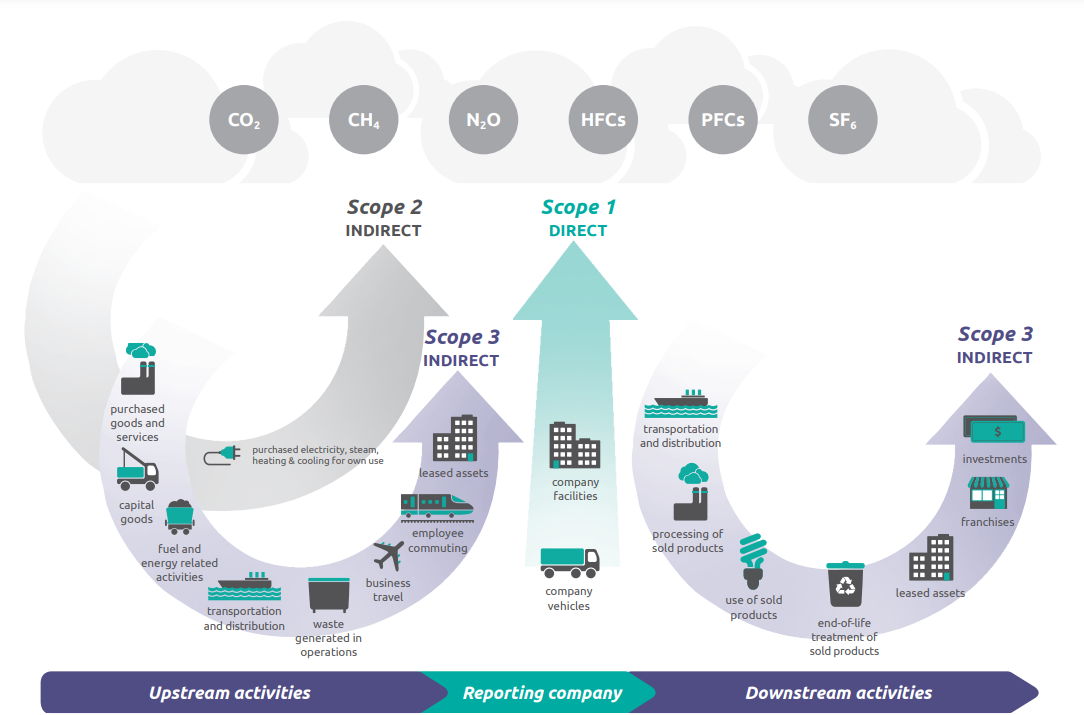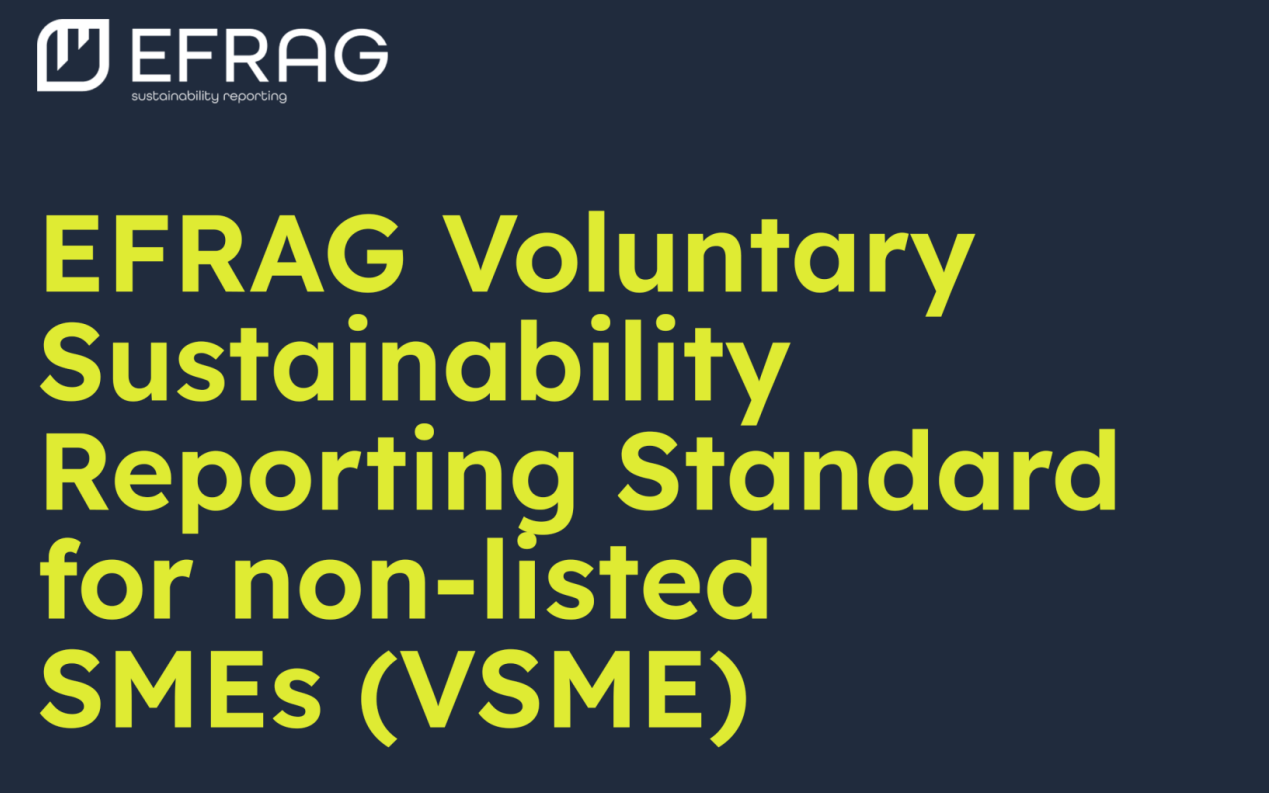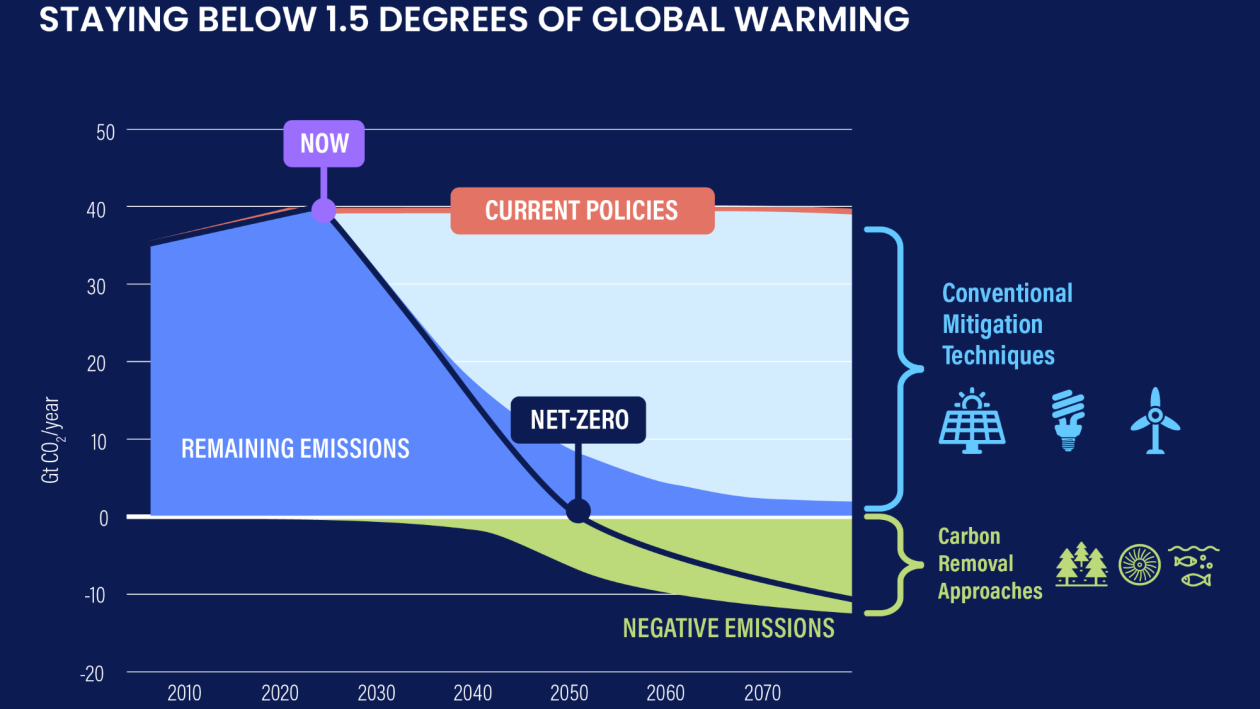Scope 1 Emissions Guide

Overview of GHG Protocol scopes and emissions across the value chain. Source: “Scope3 Calculation Guidance -updated” by World Resources Institute (WRI) is licensed under CC BY-SA 4.0.
What are Scope 1 Emissions?
In GHG protocol, emissions are sorted into 2 types (direct vs indirect) and 3 scopes (Scope 1, 2 and 3).
Direct emissions are calculated as Scope 1, which consists of emissions from resources which are owned by organization during its activities and operations. Those emissions are the ones an entity has control over and can influence directly.
Four key types of Scope 1 emissions and how to calculate them
1.Stationary combustion:
The burning fuels in boilers, heaters, ovens, flares, generators, furnaces, dryers and any other non-transport stationary combustion equipment results in major emissions. Fuels here can vary from fossil fuel to biomass fuel.
The two most popular methods to calculate this type of emissions are: Continuous Emissions Monitoring System (CEMS) method and Fuel Input method:
CEMs is complex integrated system using various gas analyzers that measures flow, dust, concentration of certain air pollutants. Different countries adopt CEMs at various level. It is common that CEMs mostly applied by big entrepreneurs or by governments as a mandatory requirement for large combustion plants.
Fuel Input method, on the other hand, is a more user-friendly approach for small and medium enterprises. A simple expression for this concept could be:
Emissions = Fuel x Emission Factor
Note that different types of fuel will have different emission factors associated with it.
2.Fugitive emissions:
Fugitive emissions refer to small unintentional emissions which escapes from industrial activities and refrigeration systems and equipment, such as leakage or discharge of gases from air conditioning, refrigeration, valves, piping flanges, pumps, storage tanks, etc. It can be tricky and difficult to quantify this type of emissions as it, by nature, is diffuse and uncontrollable.
There process of detecting and measuring fugitive emissions requires complex methodologies, procedures and equipment, for example Infrared Cameras to visualize gas leaks, Portable Gas Analyzers to measure specific compounds of various gases by on-site monitoring with different sensors, etc.
3.Mobile combustion:
Emissions from transport usin vehicles owned or controlled by company are called mobile emissions. Those vehicles include any forms of transportation, from on-road vehicles like cars, trucks to non-road vehicles like airplanes, ships, equipment on work sites such as forklifts, tractors, etc. This emission plays a significant role in a company’s carbon footprint, especially those in the logistics industry.
To calculate mobile emissions, detailed data on quantity and type of consumed fuel for each vehicle is required. If fuel data is difficult to acquire, it can be estimated by vehicle traveling distance. Then multiply fuel consumption and the appropriate emission factors to calculate the emissions of greenhouse gas.
Emissions = Fuel (exact or estimated) x Emission Factor
4.Process emissions:
Emissions from physical process or chemical reactions in industrial activities or on-site manufacturing are referred to as process emissions. The calculation of this type of emissions involves deep knowledge in chemistry and physics field and require specific data on raw materials and emission factors related to that chemical or physical process.
![]()
Compera provides an easy to use platform to register and share data on climate, environment, HSE, governance and human rights.

